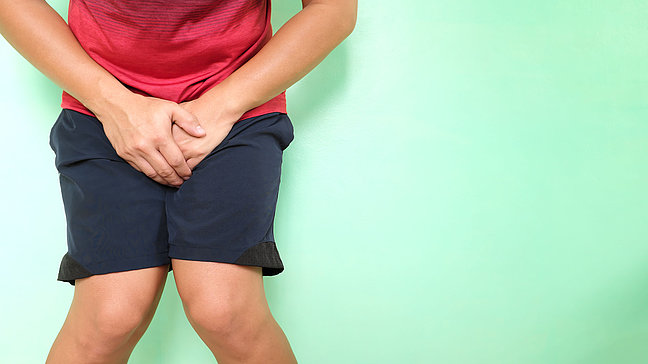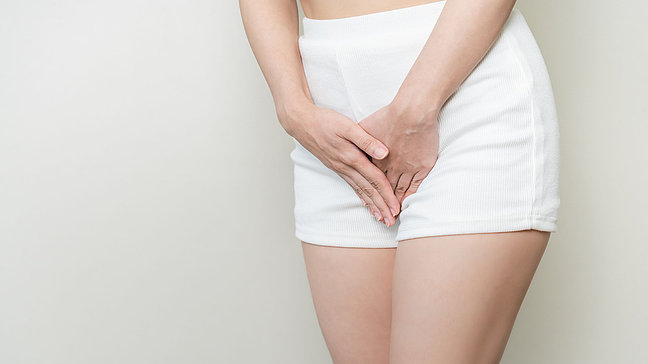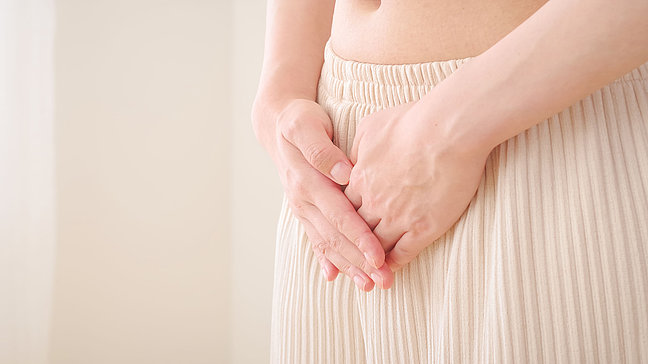
Overactive bladder
Causes of overactive bladder
The exact cause of an overactive bladder is often unclear, but there are several factors that can contribute to the development of the condition. Often, overactivity of the bladder muscles is the cause, where the bladder contracts even when it is not full. Neurological disorders such as multiple sclerosis, Parkinson's, or strokes can also affect the nerves that control the bladder. Urinary tract infections or chronic bladder infections can irritate the bladder and lead to an overactive bladder.
Symptoms of overactive bladder
- Frequent urination, often more than 8 times a day
- Sudden, intense urge to urinate that is difficult to control
- Involuntary loss of urine (incontinence), especially after a sudden urge to urinate
- Nocturnal urination (nocturia), which can cause sleep disturbances
Diagnosis of overactive bladder
The diagnosis of an overactive bladder is made through a medical history in which the patient's symptoms are discussed. Urological tests such as a urine examination are conducted to rule out other conditions like infections. Urodynamic tests can be used to assess the functioning of the bladder, particularly how well it stores and releases urine. A cystoscopy can help identify structural abnormalities or inflammation in the bladder.
Treatment options for overactive bladder
- Bladder training: Through regular bladder training, the affected person can learn to better control the urge to urinate and extend the intervals between bathroom visits.
- Medication therapy: Anticholinergics and other medications that relax the bladder muscles are often prescribed to alleviate symptoms.
- Botox injections: In severe cases, Botox can be injected into the bladder wall to reduce muscle contractions and control the urge to urinate.
- Nerve stimulation (neuromodulation): A procedure in which nerves that control bladder function are stimulated to improve symptoms. This can be achieved through both minimally invasive and surgical procedures.
Preventive measures for overactive bladder
There are no specific preventive measures for an overactive bladder, as the causes are often diverse. However, a healthy bladder can be promoted by avoiding bladder-irritating substances such as caffeine, alcohol, and highly spiced foods. Regular bladder training, sufficient exercise, and weight control can also help reduce the risk of an overactive bladder.
Common Patient Questions About Overactive Bladder (OAB)
Yes, stress can worsen the symptoms of an overactive bladder as it can affect the bladder muscles and make it difficult to control the urge to urinate.
Certain foods such as caffeine, alcohol, spicy foods, and citrus fruits can irritate the bladder and worsen symptoms. Adjusting the diet can help alleviate discomfort.
Yes, pelvic floor training can help improve control over the urge to urinate by strengthening the muscles responsible for bladder function.
Although the likelihood increases with age, an overactive bladder is not a normal consequence of aging and should be medically evaluated if there are complaints.
The symptoms can be significantly improved through targeted therapy and lifestyle changes. However, a complete cure depends on the cause and is not always possible.
![[Translate to English:]](/fileadmin/_processed_/1/d/csm_UZ-Logo-2024-breit-aK-1500px-white-red_4b49b8d28c.png)


